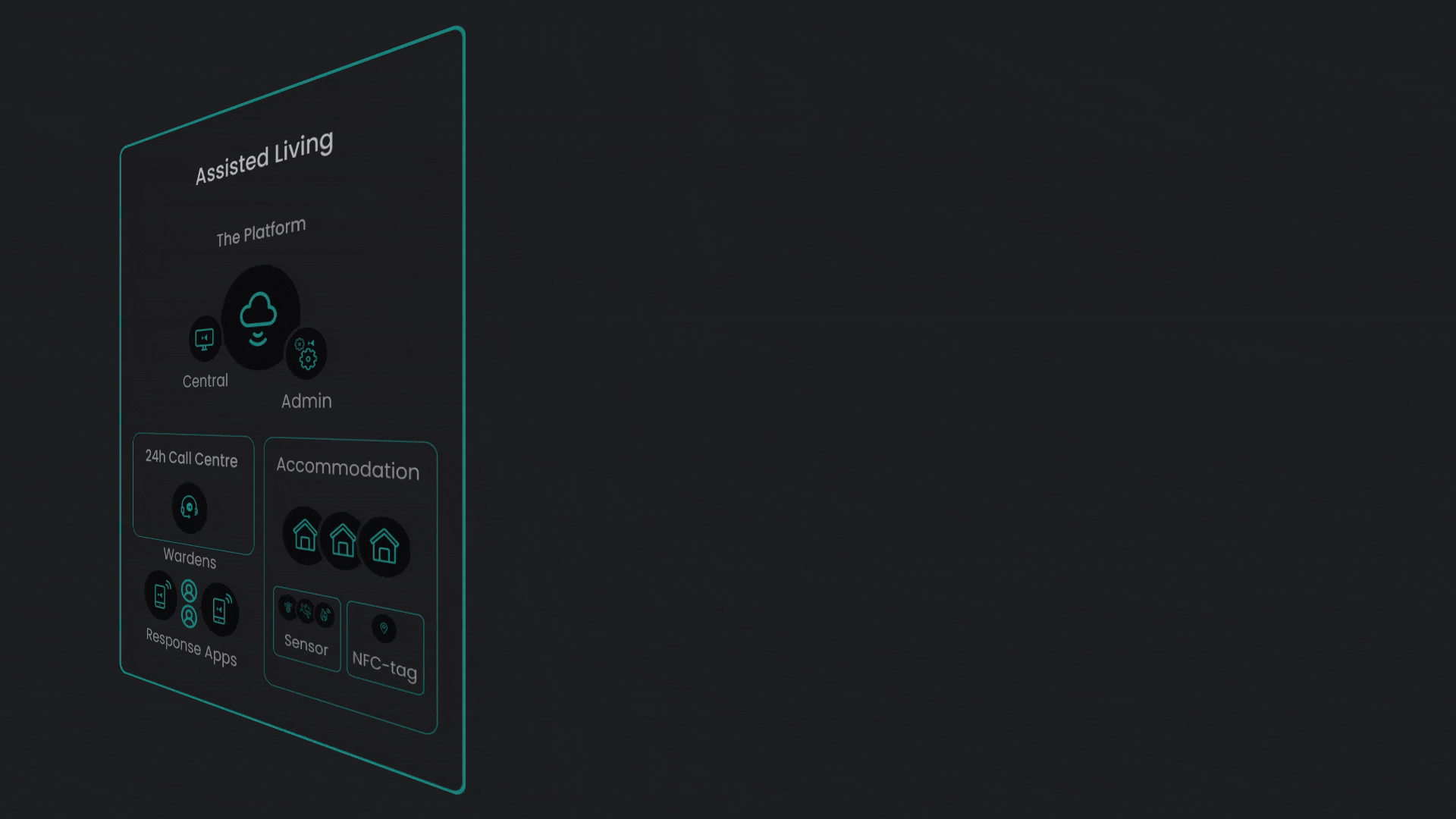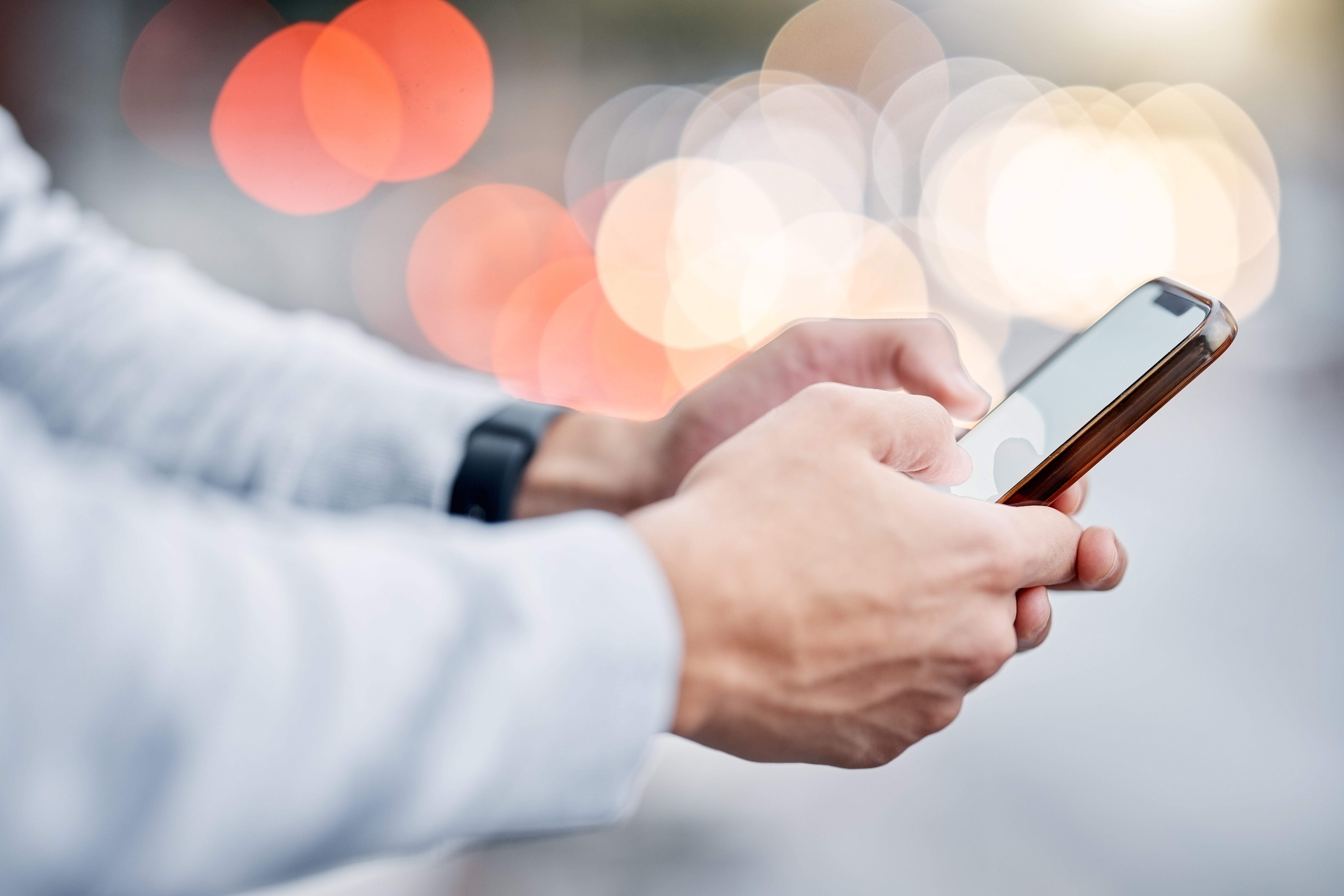Over the last few decades, and even more so in the past few years, technological innovations have been introduced at a rapid pace in the healthcare industry. While it may be challenging to keep up with these advancements, these new and modern solutions have proven to provide more options to care providers and carers, but also to the care receivers themselves. Among these modern solutions are IoT systems and devices.
To better understand the significance of IoT (Internet of Things), it’s important to establish a clearer picture of how IoT, or its devices work. IoT generally describes the network of physical objects, known as the “things,” which are connected to software, sensors, and other technologies that allow such devices to communicate and exchange data over the Internet or other communication networks.
In addition to the healthcare industry, IoT- connected devices are also being utilised for other applications, such as the manufacturing industry, the automotive industry, and the transportation and logistics industry, among others. The implementation of IoT systems is thereby rapidly growing, with a projection of 19.08 billion IoT connected devices worldwide by 2025.
Read more: All You Need to Know About IoT in Smart Healthcare
The future of smart healthcare and elderly care, revolutionised by IoT
On the surface, the concept of smart healthcare is the use of data, information, and technology to further improve the traditional use and implementation of devices in healthcare, providing a more synergistic experience for the healthcare professionals, as well as for the clients. In context of elderly
care, this can come in the form of smart, modern IoT devices that seek to address complex issues and concerns of both care providers and care receivers; issues that otherwise unlikely would be addressed by traditional and outdated healthcare solutions.
People worldwide are generally living longer than before, and by 2030, 1 in 6 people will be aged 60 years or over. Additionally, the number of people aged 80 years and over is also projected to triple between 2020 and 2050, reaching 426 million. This data further emphasises the importance of IoT solutions and modern devices, as these can help us prepare for the project shift in demographics.
More importantly, the advent of the innovative solutions we see today, can ultimately help us create an environment that is ideal for the elderly.
IoT devices are in addition to what’s been earlier mentioned, an integral part of solutions that utilise patient data in healthcare. This is another important factor, as the use of patient data is one of the trends that is shaping the current future of healthcare. One example in elderly care is the use of the data collected for fall detection. The data collected from a patient from past fall incidents can help health professionals in determining the cause of the falls, thereby allowing them to reliably predict future incidents, and prevent new falls from occurring. Real-time data capture and data sharing through smart devices and platforms can also make first time physician appointments seamless, as the patient data is easily accessible by the physician.
Reasons and factors that make IoT solutions beneficial
In addition to the aspects of IoT discussed earlier, here are other factors that make IoT solutions particularly beneficial in smart healthcare and elderly care.
Interoperability of IoT devices
IoT solutions in healthcare are built with interoperability in mind. This means that most IoT devices used in healthcare are compatible with other IoT solutions in the system, allowing for an all-in-one experience for both carers and care receiving clients.
Scalability of systems
Thanks to modern cloud-based platforms, the users are able to choose and implement only the specific devices that they need, instead of having to adopt a whole ecosystem of IoT solutions with devices that don’t benefit them. This means that the providers can also make ongoing adjustments to fit their needs by freely add or remove devices from their system.
Future-proof capabilities through firmware updates
IoT devices can be maintained and updated regularly through firmware updates from the manufacturer if necessary. This means that the solutions can be easily updated regarding new features and security as soon as the vendors make these firmware updates available, often to be delivered instantaneously, minimising downtimes and delays.
The importance of cloud-based platforms in implementing IoT solutions
To make the most out of IoT solutions, providers should always consider using a cloud-based platform. As mentioned earlier, these platforms enable the users to easily implement the IoT devices as they see fit, giving them the flexibility in choosing the smart solutions they want.
Most capable cloud-based platforms also typically come with a mobile app, allowing their users to easily manage all of the connected IoT devices, from a hand-held unit e.g. mobile phone, tablet or other.
Those who are transitioning from analogue solutions will also benefit from implementing cloud-based platforms today, as providers of these platforms can help their clients ease their way out of outdated and traditional devices while implementing smart, modern solutions.
Examples of IoT devices in today’s smart healthcare
To better illustrate how IoT devices work in smart healthcare, following are a few examples:
- Fall detection and fall prevention radars – Accurate sensors that are able to reliably detect sudden and unusual movement indicative of a fall. Moreover, these devices are able to alert response centres or carers in case an emergency occurs.
- Wearable health monitors – IoT devices that can constantly and reliably track the health status of any patient or care receiving client, and are able to alert response centres as well, should the devices detect anything unusual. These devices can securely collect and organise patient data, which can be useful in monitoring pre-existing health conditions.
- Smart medication robots – Solutions that can help patients to adhere to their exact medication regimen. These are especially helpful for those with various medications that need to be taken at
different times of the day.
Build your IoT ecosystem today with Skyresponse
As previously mentioned, partnering with a capable platform provider is of utmost importance to help you make the most out of all IoT solutions available today. Skyresponse provides a 100% cloud-based, scalable, and future-proof platform, helping you build and implement an IoT ecosystem
that meets your specific needs, as well as the unique needs of your clients. Those who are transitioning from traditional solutions will feel right at home with Skyresponse, as the platform requires minimal training by both provider and user.





